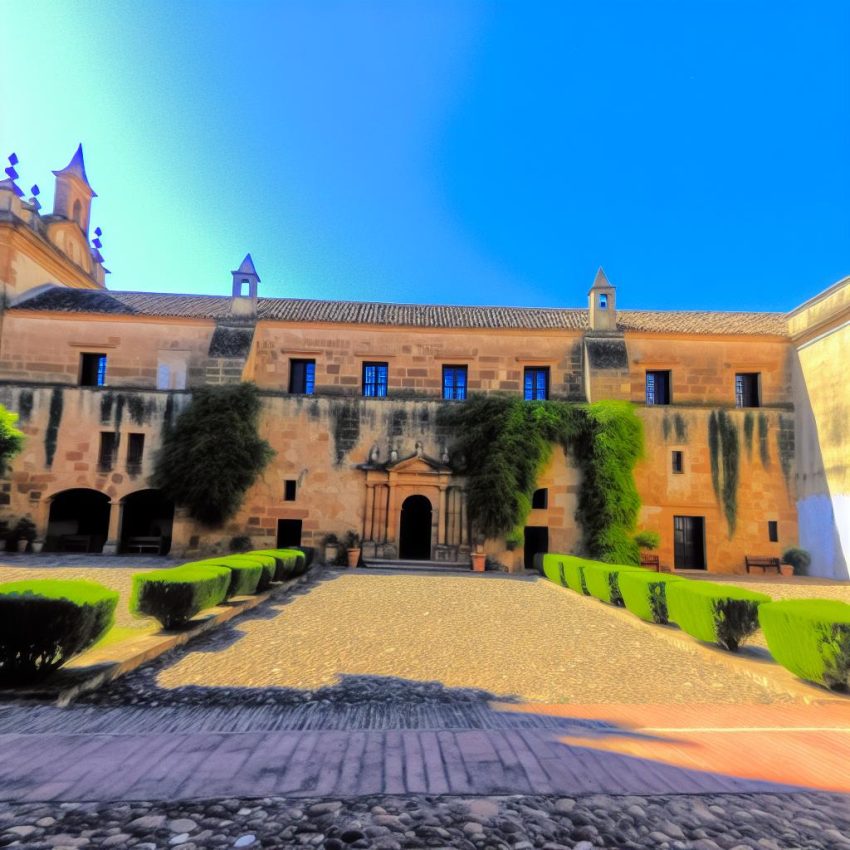The Historical Significance of the Jesuit Block and Estancias of Córdoba
The Jesuit Block and Estancias of Córdoba in Argentina stand as historical landmarks illustrating the multifaceted influence of the Jesuit missionaries during the colonial era in South America. Established in the early 1600s, these sites manifest the Jesuits’ comprehensive approach to religion, education, and economy, leaving an indelible mark on the cultural landscape of the region.
The Jesuit Block
In the center of Córdoba lies the enigmatic Jesuit Block, or Manzana Jesuítica, a testament to the architectural and cultural legacy left by the Jesuits. The site is a cluster of buildings that reflects the mission’s ambitious endeavors. Key edifices within the block include the Collegium Maximum, recognized for its academic significance, the Sacred Heart Church adorned with historical artistry, and the Montserrat School, a pillar of Jesuit educational ideals. Among these structures, the National University of Córdoba stands as a cornerstone of higher education in Latin America. Established in 1613, the university is among the oldest in the Americas and was vital in disseminating theological, philosophical, and academic knowledge throughout the region. It has played an essential role in molding not only Jesuit clergy but also lay scholars who contributed to the sociopolitical development of Argentina and beyond.
Architectural Highlights
The architectural design of the Jesuit Block emanates a unique blend of European and indigenous influences. The buildings are characterized by their austere yet resilient construction, utilizing locally sourced stone and bricks. This architecture reflects both the practical aptitude and the industrious spirit characteristic of Jesuit workmanship. On closer examination, the interiors reveal intricate craftsmanship, particularly within the altars, domes, and cloisters – all adorned with delicate Baroque details. The aesthetic qualities of these structures not only served spiritual functions but also demonstrated the Jesuits’ profound understanding and integration of European artistic trends into local contexts.
The Estancias
Beyond the urban sprawl of Córdoba city lie the Jesuit Estancias, a network of rural settlements scattered across the lush countryside. These estancias, namely Santa Catalina, Jesús María, Caroya, Alta Gracia, Candelaria, and San Ignacio, were established as agricultural hubs intended to support the Jesuit Block’s educational and ecclesiastical objectives. Each estancia was designated a unique role, whether that be in viticulture, baking, or serving as a retreat for spiritual introspection and rejuvenation.
Economic and Social Impact
The economic activities of the estancias significantly influenced the economic fabric of colonial Argentina. These establishments were more than mere agricultural centers; they were pioneering locales for agricultural experimentation, blending indigenous knowledge with European methodologies. This synthesis of practices enabled the development of self-reliant communities, which became models for sustainable agriculture well ahead of their time. Additionally, the estancias were instrumental in propagating Christianity among the local indigenous populations, intertwining agricultural productivity with missionary endeavors and reflecting the Jesuits’ holistic approach to community building.
A UNESCO World Heritage Site
In recognition of their profound cultural and historical significance, the Jesuit Block and Estancias of Córdoba were inscribed as a UNESCO World Heritage Site in 2000. This prestigious designation underscores the pivotal roles played by these sites in the evolving historical context of South America. Further, it acknowledges the distinct educational system cultivated by the Jesuits, which laid a foundational framework for subsequent pedagogical developments within the continent.
Visiting the Sites Today
Currently, the Jesuit Block and Estancias of Córdoba function as vibrant windows into the past. These spaces, though steeped in history, provide a dynamic experience for visitors, offering a tangible connection to colonial-era narratives. The sites have been conserved to reflect their historical authenticity, enabling visitors to immerse themselves in the Jesuit experience and appreciate the profound socio-cultural evolution influenced by their missions. For those inspired to explore further, further details regarding tours and visiting hours can be accessed through resources such as Argentina’s official tourism website, along with various other esteemed travel platforms that provide comprehensive guides on these remarkable sites.

